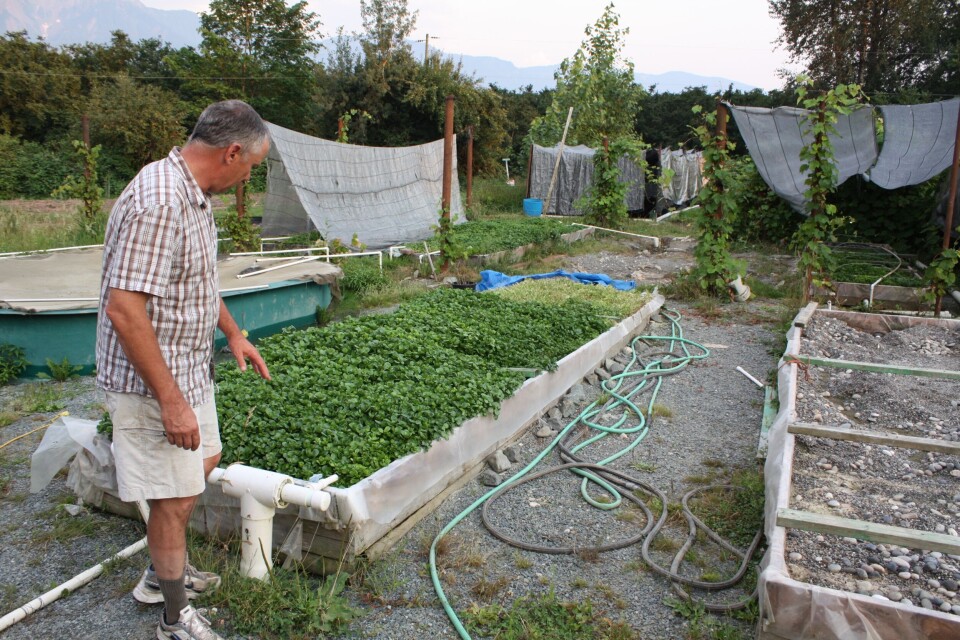
Urban aquaculture in Chicago
The practice of growing multiple species in a single facility is often called Integrated, Multi-Thropic Aquaculture (IMTA), but usually it would involve marine species such as salmon or sablefish produced together with different species of kelp as well as shellfish, sea cucumbers or sea urchins. The idea is that the supplementary species would benefit from the nutrients released by the finfish, and therefore produce additional seafood while removing organic waste from the area surrounding the fish farm. A similar approach is to use waste products from cultured fish to produce agricultural crops, and a number of such projects are being started in North America, including one in Chicago, as Christina Couch of the Discover Magazine describes;
Vertical Farming in the Windy City- the fish feed the plants, and they both feed the people.
In Chicago’s meatpacking district, developer John Edel hopes to reinvent the urban food supply with a $4 million (~€2.8 million), four-story indoor produce and fish farm called The Plant. Edel and his colleagues have already planted 3,000 square feet of hydroponically grown lettuce and other greens and installed 1,400 tilapia in tanks.
The fish farm and gardens are connected by a 9,000-gallon (~34,200L) water circulation system: Wastewater from the tilapia tanks, rich in nitrogen-based nutrients, flows into the hydroponic beds, where it irrigates and fertilizes the lettuce. The crop roots then filter that water before it returns to the fish. Edel and student collaborators at the Illinois Institute of Technology are also building a custom-designed digester that will turn the project’s leftover vegetable and fish waste into fertilizer and biogas to power a heating, cooling, and 280-kilowatt electrical system. The Plant will offer its first bounty for sale this fall, supplying greens, mushrooms, and tilapia to farmers’ markets and local restaurants.
The Plant is part of a growing push to bring farms into metropolitan areas. Small-scale, multilevel farms have sprung up in Britain and Wisconsin, and an organization called Growing Power hopes to break ground on a five-story project in Milwaukee within 18 months. Such efforts make fresh food more accessible to inner-city residents and could help to reduce the cost and energy of shipping produce. According to an analysis from Iowa State University, conventional produce travels about 1,500 miles on average to its destination, causing the release of 5 to 17 times more carbon dioxide than food from regional and local farms.
Stan Cox, a plant-breeding researcher at the Land Institute in Kansas, points out that while leafy vegetables grow fairly well indoors, staples like wheat and corn require far more light energy. But Columbia University ecologist Dickson Despommier says large-scale projects can still have a big impact: He calculates that a 50-story building occupying one New York City block could feed 50,000 people.




















































